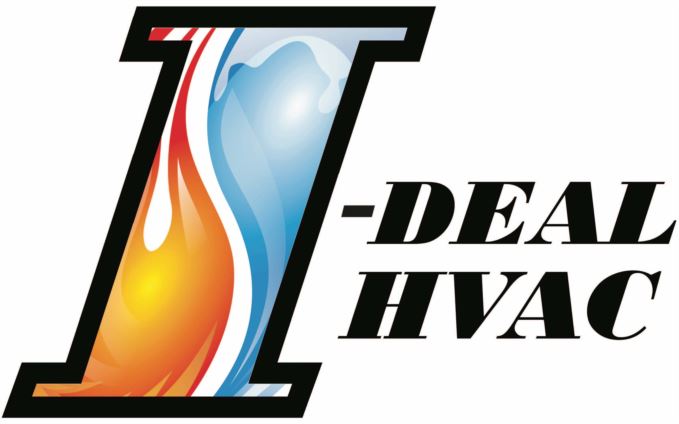Everyone’s always looking to save money on their utility bills, but it turns out there’s a way to keep costs down, even when you’re out of the house.
The key is your thermostat. By learning more about its special features and settings, you can structure its daily schedule around your personal preferences. That means you can have different temperature settings for when you’re home, away or even when you’re sleeping.
If you’re willing to make these adjustments, you have more time to enjoy pleasant temperatures while cutting down your energy bills. Check out our guide on how your thermostat can be a source of energy savings:
While at Home
Whenever you’re at home, you want a nice range of pleasant temperatures. It’s only natural to want your thermostat lower in the summer while inside to appreciate the cool air.
But the ideal temperature for when you’re in your home during the summer is in fact anywhere between 78 and 80 degrees Fahrenheit. By adjusting things a few degrees, you can stay cool while keeping your energy bill more manageable.
While Away
When it comes to setting the temperature for when you are out of the house in summer, the majority of homeowners will set the thermostat higher than normal.
If your home is located somewhere a little cooler, you can set the thermostat to temperatures as high as 88 degrees while no one is home and then lower it back to the sweet spot of 78-80 degrees after you return. This way, your air conditioning system isn’t working around the clock to keep an empty house cool.
While Sleeping
To enjoy a good night’s sleep during the summer, you want your thermostat set at a comfortable temperature. A good rule of thumb is between 68-72 degrees Fahrenheit. There’s less risk of getting too hot or too cold at some point overnight.
Additional Ways to Reduce Energy Use:
- Put in a smart thermostat: Switching to a smart thermostat in the summer can lower energy costs by automatically adjusting to your lifestyle and idea of what comfortable is. A smart thermostat manages the temperature if you are home or sleeping, while allowing it to get warmer when the house is empty. With reliable brands like the Lennox iComfort, you can adjust the temperature remotely through your smartphone, tablet or laptop. Requesting smart thermostat installation in your Albuquerque home can be the simplest strategy for maintaining comfortable, yet energy-efficient temperatures no matter where you are.
- Update your existing HVAC system: A high-efficiency HVAC system can save money in the long run. By investing in a more energy-efficient system, your utility bills will be lower because it requires less energy to heat and cool your home. Air conditioning installation in Albuquerque is a great way to beat the heat in the summer.
- Schedule annual AC maintenance: Investing in or ignoring regular air conditioning maintenance in Albuquerque can have a big impact on your monthly energy use. By regularly cleaning the coils, checking for damage and clearing ventilation of dust and debris, you may notice your HVAC system perform better during day-to-day use.. Increasing efficiency also limits strain on important or delicate components and lowers operational costs, leading to lower energy usage, which translates into lower energy bills.
- Clean or replace the air filter on a regular basis: A regular schedule for cleaning or replacing the HVAC system’s air filter saves money by helping air flow efficiently through your air conditioner. When filters are old and less effective, your air conditioner will have to work harder, and the added strain may impact the system’s life span and result in breakdowns.
- Check your attic insulation: Insulation is a vital part of maintaining an energy-efficient home, securing the hot air outside and the cool air inside through summer. The North American Insulation Manufacturers Association (NAIMA) offers an official recommendation stating homeowners in souther states should have at least 13-14 inches of insulation, while colder climates do better with 16-18 inches.
- Review your ventilation: A leak in the air ducts could increase your energy bills much more than 20 percent, plus it can potentially allow harmful emissions from your water heater, clothes dryer and other appliances to get into the atmosphere of your home. Checking your ductwork for leaks and sealing them can fix both of those problems.
- Seal all other leaky spots in your home: Sealing leaky spots in your home with caulk, foam sealant or weather-stripping helps keep things cooler during those hot summer days. You should also check for any gaps around windows, doors and even outdoor fixtures. Devoting time and effort to sealing leaks now can help you save a lot in the long term.
